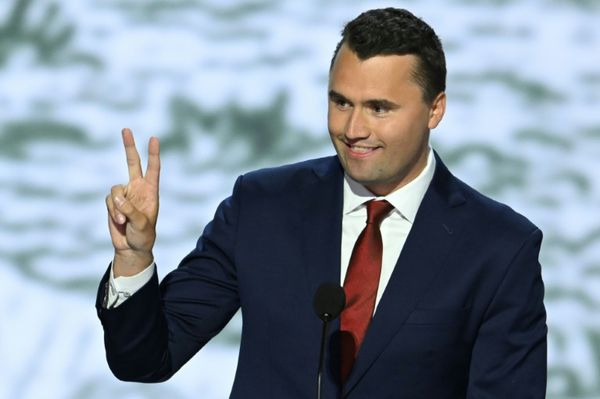In what has been a listless summer for investors, two of the most important factors watched are inflation and interest rates. Let's look at how swing traders could profit on interest-rate moves by using the chart in conjunction with (or instead of) the macroeconomic analysis.
Swing Trading With The Treasury Yields
When looking to trade in the direction of interest rates, you can go with an exchange traded fund that shorts Treasuries. In this case, we'll look at the ProShares UltraShort 20+ Treasury ETF. This instrument provides double leverage in the opposite direction of Treasuries, which puts you in the same direction as yields.
Making sense of price patterns can be tough. David Keller walks through 3 phases to look for to make it easy.
In fact, it's been one of the most frequent recurring trades of the last couple of years on SwingTrader. Our last venture was at the end of June through July. Unfortunately, we missed an even bigger move from the end of July (1) through August (2). But the pullback to just below the 21-day line gave us another opportunity in TBT.
Charts Essential In Profiting From Interest Rates
While the macroeconomics provide important context to moves in interest rates, the chart is a useful and often neglected tool. This last time the TBT fund joined SwingTrader was on a break of a downtrend, as with many of our equity swing trades (3).
In the same way, we took some immediate profits the next day after a strong gap-up in interest rates (4). By taking a third of the position off to lock in some profits, we also give ourselves some extra leeway to keep the trade profitable if the ETF falls from there.
As TBT went sideways for the first half of September, the fact that it didn't give up much ground from its gap was strong technical action. When it popped out of its tight area (5), the question of why it was happening was less important than paying attention to what was happening.
Then interest rates spiked again, especially on the longer-duration end. We took off another third of the position to lock in more profits (6). The next day, the ETF closed near the lows (7). Our earlier exit made TBT easier to hold because it was smaller.
Making The Exit
Of course, the downside to the smaller position is that we didn't fully participate as interest rates continued to climb. So what prompted our final exit on Thursday? We could point to the upcoming personal consumption expenditures (PCE) index, release. But we've held through such reports before.
The bottom line is that we had an extended move already in something already held for a month along with a downside reversal as well (8). That's right — it came down to the chart.
The exit may prove to be premature, but we won't truly know how high interest rates will go until further down the road. We can certainly look at the next day and surmise that holding the remainder would most likely have seen an exit at a worse price (9). As it stands, taking profits into strength and refusing to give them up after a downside reversal led to an 8% gain from our average exit. That's not a bad yield in less than a month's time.
More details on past trades are accessible to subscribers and trialists to SwingTrader. Free trials are available. Follow Nielsen on Twitter at @IBD_JNielsen.







